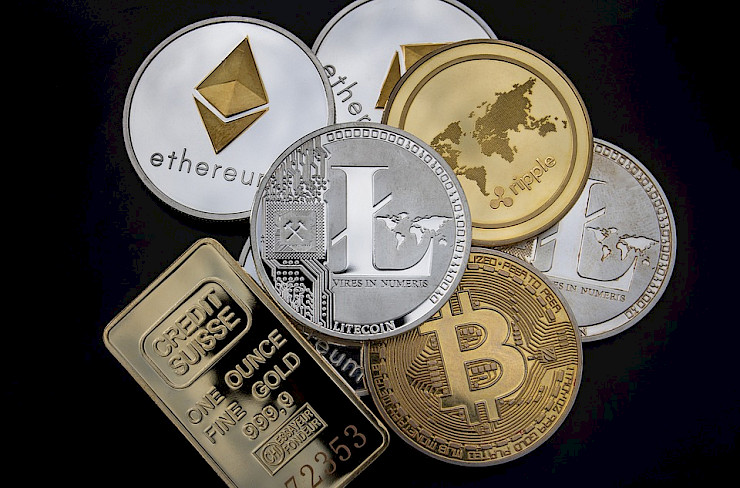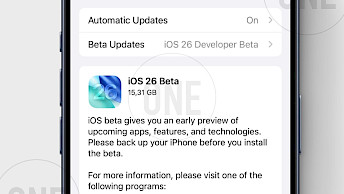Cross-Border Payments: The Crypto Advantage

Blockchain technology has brought about drastic changes in cross-border payments, ensuring a straightforward money exchange between parties from dissimilar nations. Among them is the swift payment processing that sees crypto international payments conclude within seconds, not days. The implementation of crypto invoices further streamlines this process by providing clear, immutable records of transactions, facilitating faster and transparent dealings across borders.
In the past, sending money across borders or making financial transactions required separate banking systems and intermediaries, which increased the cost and time required. Many people globally do not have access to centralized financial systems.
Breaking Down Barriers with Cryptocurrency
Blockchains do not perform as a payment platform per se, but one possible use case is payments. Decentralized blockchain, by its very nature, has no boundary. When using borderless crypto payments, the payer and payee operate on the same terms, such as protocols and data formats, to enable direct transactions for them regardless of location.
Example of a cross-border payment process for a consumer:
- The seller offers to accept payment in cryptocurrency at the point of sale or another payment outlet.
- The customer agrees, selects his digital currency, negotiates an exchange rate with the merchant, and gets the seller’s public address.
- After paying a fee for transaction processing on the blockchain, he accesses his cryptocurrency wallet and transfers money to the seller’s public address.
- For verification, if there are enough funds for the user to pay, the request for a transaction is sent to the blockchain, where nodes verify it.
- As far as miners’ confirmation is concerned, this transaction is pending addition into a block.
- Three nodes must validate the verified block that could signal the completion of a transaction, usually.
- Once complete, transactions are recorded in the blockchain.
Blockchain technology is decentralized and borderless, allowing smooth cross-border payments that enable payers and payees to transact directly, irrespective of where they are domiciled.

Streamlining International Transactions with Crypto
Blockchain technology has several cross-border crypto benefits compared to conventional financial systems when doing cross-border transactions. Some of the above advantages are:
- Fast calculations. Blockchain technology allows cross-border payments to be processed within seconds rather than involving intermediaries such as banks or payment systems.
- Small charges. Blockchain technology lowers transaction costs by removing middlemen and their expenses, unlike conventional payment methods that charge high fees.
- Increased safety. The blockchain uses sophisticated cryptography methods, making transactions secure enough to avoid theft or tampering. This enhances payment security and builds trust in it.
Using blockchain technology for cross-border transactions has the benefits. In essence, this changes how international payments are made and builds confidence in this process.
Comparing Crypto to Traditional Cross-Border Payment Methods
Though international payment solutions have merits, such as trust already built up and widespread use, cryptocurrencies are remarkable for their inherent advantages in speed, expense, safety, and worldwide reach. Because of the growing popularity of digital and decentralized approaches, cryptocurrencies will become more dominant in everyday transactions, enhancing their position within global finance.
Success Stories: Crypto in Global Commerce
In the fast-paced world of cryptocurrencies, many stories are told about people who started with little money but made it big. They become inspiring to others. One such case is John White, a global crypto transactions businessman whose life story reflects the storyline around the instability of this type of asset.
John initially felt undecided and fearful, but he still explored blockchain technology, cryptography, and related alternative forms of money. He broadened his horizons by scrutinizing projects like DeFi and NFTs, which were employed in designing his cryptocurrency startup. John's narrative took effort, learning, and long-term focus to fit into an example of where one can win on a cryptocurrency stage.





